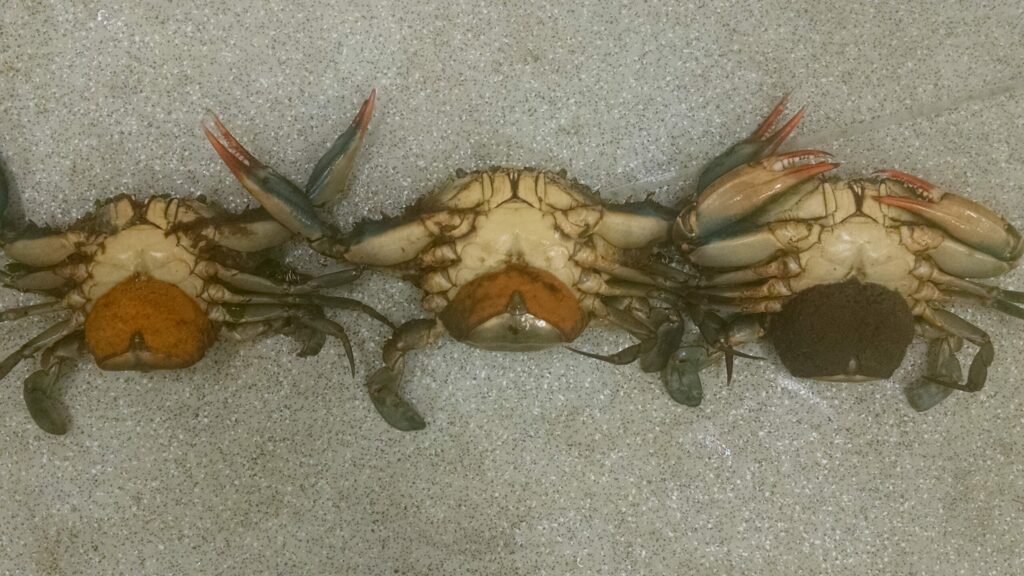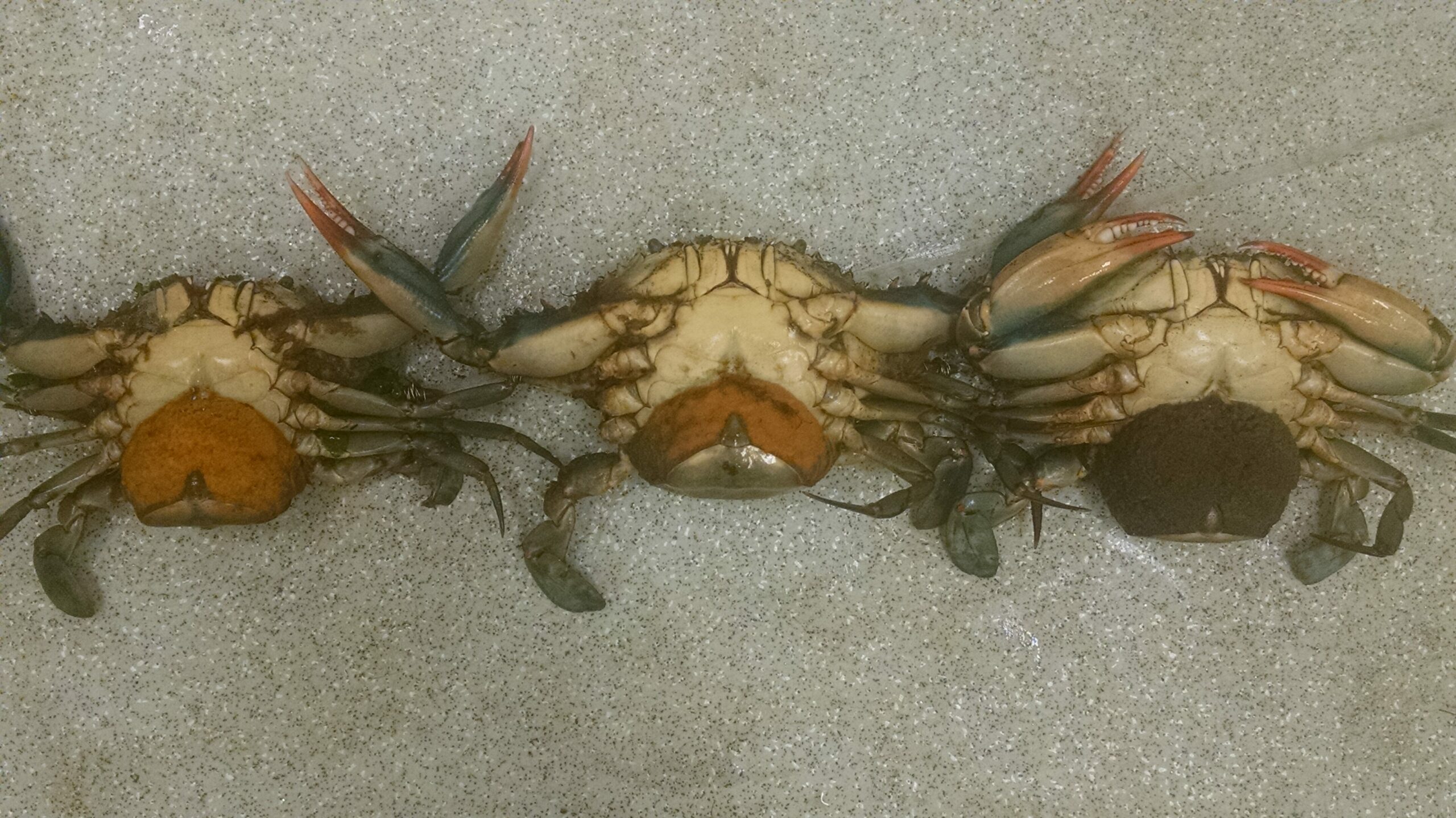
Crab Breaths: Unveiling the Mystery Behind Crustacean Respiration
The intricate world of marine biology constantly offers new perspectives on the adaptations of life in the ocean. One such area of fascination is how crustaceans, specifically crabs, breathe. The term “crab breaths” might seem simple, but it encompasses a complex physiological process essential for the survival of these fascinating creatures. This article delves into the mechanics of crab respiration, exploring the diverse methods crabs employ to extract oxygen from their aquatic environment.
Understanding Crab Anatomy and Respiratory Needs
Crabs, belonging to the order Decapoda, are found in a wide range of aquatic habitats, from shallow intertidal zones to the deep sea. Their respiratory system has evolved to meet the challenges posed by their environment. Unlike mammals, crabs do not have lungs. Instead, they rely primarily on gills for gas exchange. These gills, delicate structures located within the branchial chambers on either side of the carapace, are highly vascularized, allowing for efficient extraction of oxygen from the water. The efficiency of these “crab breaths” is crucial for their survival.
The Mechanics of Crab Respiration: How Crab Breaths Work
The process of crab respiration begins with water entering the branchial chambers. This water flow is typically driven by specialized appendages called scaphognathites, also known as gill bailers. These paddle-like structures rhythmically beat, drawing water in through openings near the base of the legs and directing it over the gills. As water passes over the gill filaments, oxygen diffuses into the crab’s hemolymph (the crustacean equivalent of blood), and carbon dioxide diffuses out. The deoxygenated water then exits the branchial chambers through an exhalant opening near the mouth. This continuous flow ensures a constant supply of oxygen for the crab. The efficient delivery of “crab breaths” allows them to thrive in various aquatic conditions.
Variations in Respiratory Strategies
While the basic principle of gill respiration remains consistent across crab species, there are variations in respiratory strategies that reflect their specific habitats and lifestyles. For example, some crabs that inhabit intertidal zones, where they may be exposed to air during low tide, have evolved adaptations to breathe both in water and air. These adaptations may include modified gills that are less prone to collapse in air and the ability to extract oxygen from the air through the moist lining of their branchial chambers. The adaptability of “crab breaths” is a testament to their evolutionary success. [See also: Intertidal Crab Adaptations]
Factors Affecting Crab Respiration
Several factors can influence the efficiency of crab respiration. Water temperature, salinity, and oxygen levels all play a role. Higher temperatures generally decrease the solubility of oxygen in water, making it more difficult for crabs to extract sufficient oxygen. Similarly, low salinity can disrupt the osmotic balance within the crab’s body, affecting its ability to regulate gas exchange. Pollution, such as heavy metals and pesticides, can also damage the gills and impair respiratory function. Understanding these factors is crucial for protecting crab populations and their habitats. The health of “crab breaths” is directly linked to the health of their environment.
The Impact of Environmental Change
Climate change poses a significant threat to crab respiration. Rising ocean temperatures and ocean acidification can both negatively impact the ability of crabs to breathe. Warmer waters reduce oxygen availability, while acidification can interfere with the formation of their exoskeletons and gills. These changes can lead to reduced growth rates, increased susceptibility to disease, and ultimately, population declines. Conservation efforts are needed to mitigate these threats and ensure the survival of crab populations. Protecting the environment ensures healthy “crab breaths” for generations to come.
Crab Breaths and the Importance of Gill Structure
The structure of crab gills is critical for efficient gas exchange. The gills are composed of numerous thin filaments, which increase the surface area available for oxygen uptake. These filaments are highly vascularized, with a dense network of blood vessels that facilitate the transport of oxygen to the rest of the crab’s body. The arrangement of these filaments and the flow of water over them are carefully optimized to maximize oxygen extraction. Any damage to the gill structure can significantly impair respiratory function. The intricate design of “crab breaths” highlights the importance of maintaining healthy gill structures.
Gill Cleaning Mechanisms
To maintain the efficiency of their gills, crabs have evolved specialized cleaning mechanisms. These mechanisms involve the use of specialized appendages, such as maxillipeds, to remove debris and sediment from the gills. Some crabs also have the ability to produce mucus, which traps particles and prevents them from clogging the gill filaments. Regular cleaning is essential for preventing fouling and ensuring that the gills remain functional. These cleaning behaviors are essential for maintaining healthy “crab breaths”. [See also: Crab Feeding Habits]
Crab Breaths in Different Species
The specific mechanisms of crab respiration can vary depending on the species and their habitat. For example, some crabs that live in hypoxic (low oxygen) environments have evolved adaptations to tolerate low oxygen levels. These adaptations may include increased gill surface area, higher concentrations of oxygen-carrying pigments in their hemolymph, and the ability to switch to anaerobic metabolism when oxygen is scarce. These adaptations allow them to survive in challenging environments where other crabs might not be able to. The diversity of “crab breaths” showcases the adaptability of these creatures.
Land Crabs and Air Breathing
Land crabs, which spend most of their lives on land, have developed unique adaptations for air breathing. While they still rely on gills for gas exchange, their gills are modified to retain moisture and prevent collapse in air. They also have a more efficient circulatory system that allows them to transport oxygen more effectively. Some land crabs can even extract oxygen directly from the air through the lining of their branchial chambers. These adaptations allow them to thrive in terrestrial environments where other crabs cannot survive. The remarkable adaptation of “crab breaths” enables land crabs to conquer terrestrial habitats.
Observing Crab Breaths: A Window into Their Health
Observing the breathing patterns of crabs can provide valuable insights into their health and well-being. A healthy crab should exhibit regular and rhythmic movements of its scaphognathites, indicating a consistent flow of water over its gills. Changes in breathing rate or the presence of labored breathing can be signs of stress or illness. By carefully observing their breathing patterns, we can gain a better understanding of the health of crab populations and the impact of environmental stressors. Monitoring “crab breaths” is a crucial aspect of conservation efforts.
Crab Breaths and Aquaculture
In aquaculture, maintaining optimal water quality is essential for ensuring the health and productivity of crab populations. Monitoring oxygen levels, temperature, and salinity is crucial for preventing stress and disease. Providing adequate aeration and filtration can help to maintain a healthy environment for crab respiration. By understanding the factors that affect crab respiration, aquaculturists can optimize their practices and improve the overall health of their crab populations. Ensuring proper “crab breaths” is vital for successful aquaculture.
The Future of Crab Breaths: Conservation and Research
As the oceans face increasing pressures from climate change and pollution, it is more important than ever to understand the respiratory physiology of crabs and other marine organisms. Continued research is needed to assess the impact of environmental stressors on crab respiration and to develop strategies for mitigating these impacts. Conservation efforts, such as protecting critical habitats and reducing pollution, are essential for ensuring the long-term survival of crab populations. The future of “crab breaths” depends on our commitment to protecting the marine environment. The importance of understanding “crab breaths” cannot be overstated. The study of “crab breaths” is essential for conservation. Understanding the mechanics of “crab breaths” helps us protect them. The impact on “crab breaths” affects the entire ecosystem. Further research on “crab breaths” is needed. We must protect “crab breaths” for future generations. Even the smallest “crab breaths” play a vital role. Healthy “crab breaths” mean healthy oceans. We need to focus on “crab breaths” to understand the health of the ocean. The future of crab populations depends on the health of their “crab breaths”. The study of “crab breaths” is crucial for marine conservation. Understanding “crab breaths” can help us mitigate the effects of climate change. The observation of “crab breaths” is a key indicator of crab health. We must prioritize the study and protection of “crab breaths”.
Conclusion
The seemingly simple act of “crab breaths” reveals a complex and fascinating physiological process. From the intricate structure of their gills to the diverse adaptations that allow them to breathe in various environments, crabs have evolved remarkable strategies for extracting oxygen from their aquatic world. Understanding the mechanics of crab respiration is essential for protecting these vital members of the marine ecosystem and ensuring their survival in a changing world. Continued research and conservation efforts are needed to safeguard the future of crab populations and the health of our oceans.

